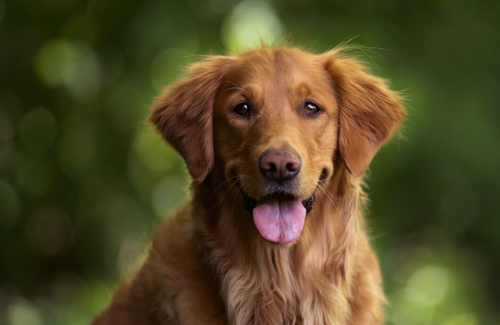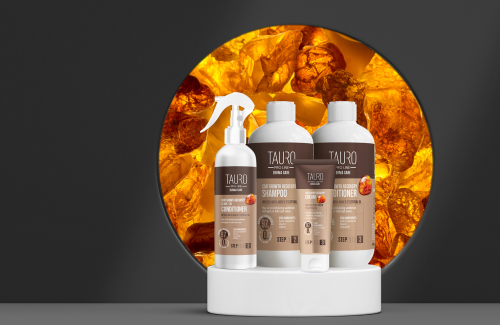Combating Dandruff in Pets: Prevention and Treatment Tips
A dog's coat is a reflection of its overall health, with a soft and pleasant coat being a sign of vitality. However, changes in the coat's structure, such as skin marks from scratching or combing, the presence of white particles of dry skin, or excessive oiliness, can indicate the presence of dandruff. While dandruff is typically not a serious condition, it's important to consult with a veterinarian to determine the underlying cause. If you notice symptoms like extreme itchiness, changes in weight, or alterations in behavior, it is advisable to make an appointment sooner rather than later.
What is Canine Dandruff?
Dandruff, scientifically known as seborrheic dermatitis, is a common condition that affects both dogs and humans. However, due to the dog's entire body being covered in thick hair, dandruff can cause more discomfort for them compared to humans. Seborrheic dermatitis primarily affects areas such as the back, face, and flanks, and is typically worse in skin folds. There are three types of seborrhea:
- Seborrhea sicca (dry seborrhea)
This type is characterized by dry skin and the presence of whitish or grayish scales that may peel off in focal or diffuse areas. The coat may become dry and lose its luster.
- Seborrhea oleosa (oily seborrhea)
In contrast, oily seborrhea is characterized by an excessive production of sebaceous secretion. The skin and coat become oily, and in severe cases, an unpleasant odor may be present.
- Mixed form
Some dogs may exhibit signs of both dry and oily seborrhea, known as a mixed form. Most dogs with seborrheic dermatitis present a combination of dry and oily seborrhea.

Dandruff in dogs can provide valuable insights into its underlying causes, as the color of the dandruff often corresponds to specific conditions. Let's explore the different colors and what they may indicate:
White Dandruff
Particles of dead epithelium make up this type of dandruff. It may result from dry skin, food allergies, seasonal allergies, or nutritional deficiencies.
Yellowish or Gray Dandruff
Sticky particles of the epidermis indicate potential issues with the sebaceous glands or hormonal imbalances. The coat may appear dirty and greasy, and pets may experience bald spots, frequent scratching, and persistent itchiness.
Black Dandruff (Pseudo-Dandruff)
Droplets of coagulated blood or clogged sebaceous gland plugs form this type of dandruff. Improper coat brushing or sebaceous gland dysfunction may be the underlying cause. It's important to note that pet owners may sometimes mistake fleas for black dandruff.
Red (Pink) Dandruff
This type of dandruff consists of particles of epithelium that detach from inflamed areas of the skin.
Dandruff in dogs can manifest on its own or be accompanied by other symptoms that indicate underlying health issues. Accurately determining the causes requires the assistance of a veterinary specialist. If you notice dandruff in your pet, it is crucial to consult with a veterinarian for a thorough examination and diagnosis.
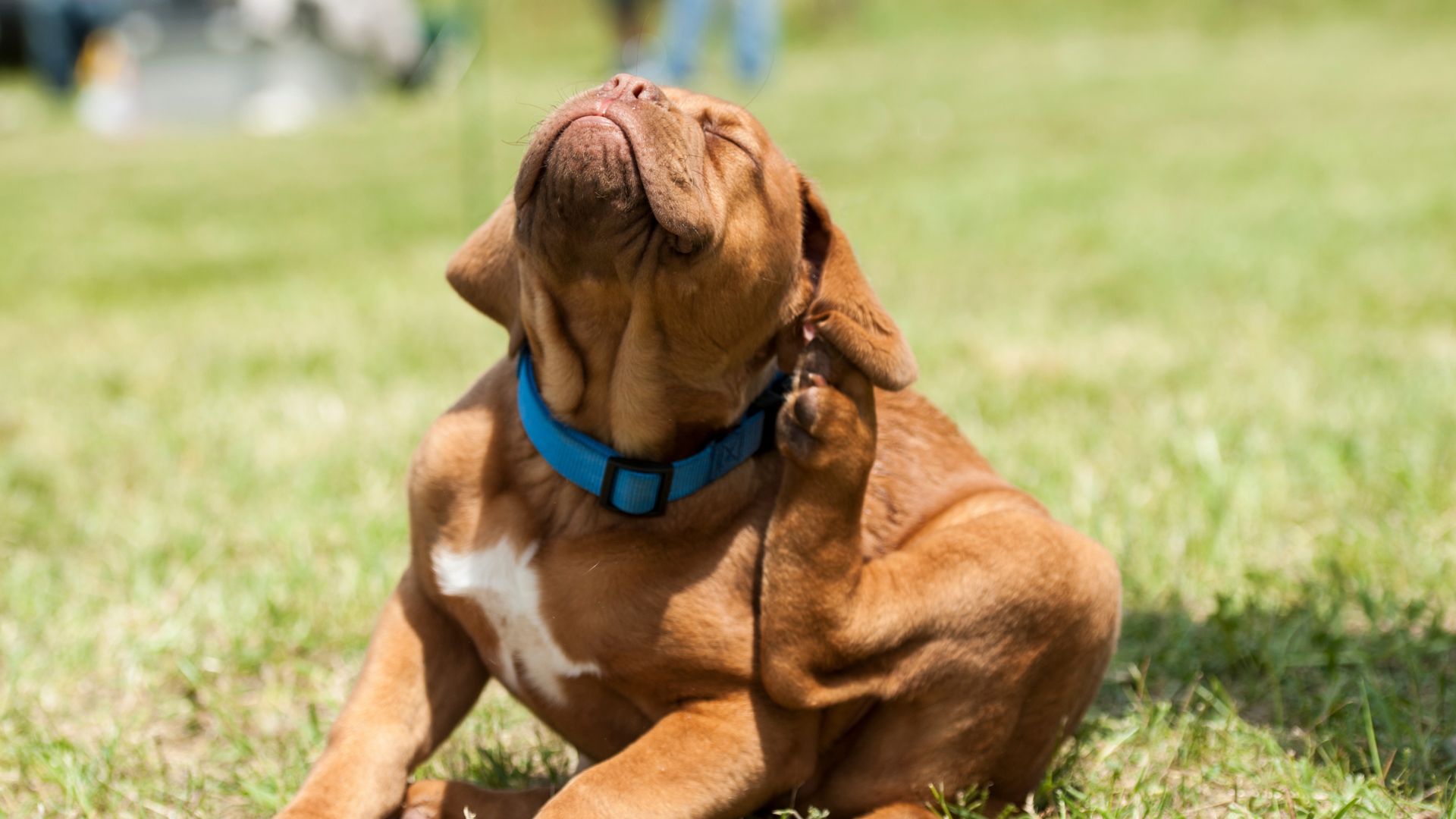
What may be the cause of dandruff?
Malnutrition: A significant cause of dandruff in dogs is inadequate nutrition. Low-quality pet food lacking essential vitamins, macro, and microelements can lead to health issues, resulting in compromised skin condition. A balanced diet for your pet should include omega-3 and omega-6 fatty acids, necessary for maintaining healthy skin and coat. Additionally, high-quality, easily digestible protein and vitamin A, which regulates skin cell growth, are crucial elements to consider in your pet's diet.
Improper Skin and Coat Care: Improper care of your pet's coat can contribute to dandruff. Using shampoos containing silicones, parabens, or SLS can dry the skin and damage the fur, leading to dandruff formation. Opt for bathing products with natural compositions to avoid this issue and promote a healthy coat.
Incorrect Selection of Grooming Tools: Choosing the right brush for your dog's coat is essential. Consider factors such as body size, hair length, thickness, and skin sensitivity when selecting a specialized brush. Using an unsuitable brush increases the risk of epidermal damage and excessive skin scale exfoliation. Opt for a brush with a soft cushion and rounded pins to prevent scratches during brushing.
Winter Frost and Dry Air: During the winter months, dogs may experience dry skin due to exposure to cold temperatures. Additionally, the warm and dry air from heating systems in the home can exacerbate the problem. To alleviate dryness and flaking of the skin, consider using humidifiers in living spaces and reducing heating temperatures.
Ticks, Fleas, and Other Blood-Sucking Insects: Skin itching caused by ticks, fleas, and other parasites can lead to dandruff. Regularly check your pet's coat for these insects after outdoor activities. Infestation by internal parasites can also contribute to seborrhea as a reaction to bodily intoxication. Take preventive measures to protect your pet from these pests.
Stress: Excessive stress can negatively impact the skin and coat of your pet. Minimize your pet's exposure to stressful situations, as stress disrupts metabolic processes in the body, including normal skin regeneration.
Skin Infections, Allergies, and Internal Diseases: Abundant dandruff and hair loss in dogs should be promptly evaluated by a veterinary professional, as they can be indicative of serious underlying conditions such as metabolic disorders, hormonal imbalances, or bacterial and viral infections.
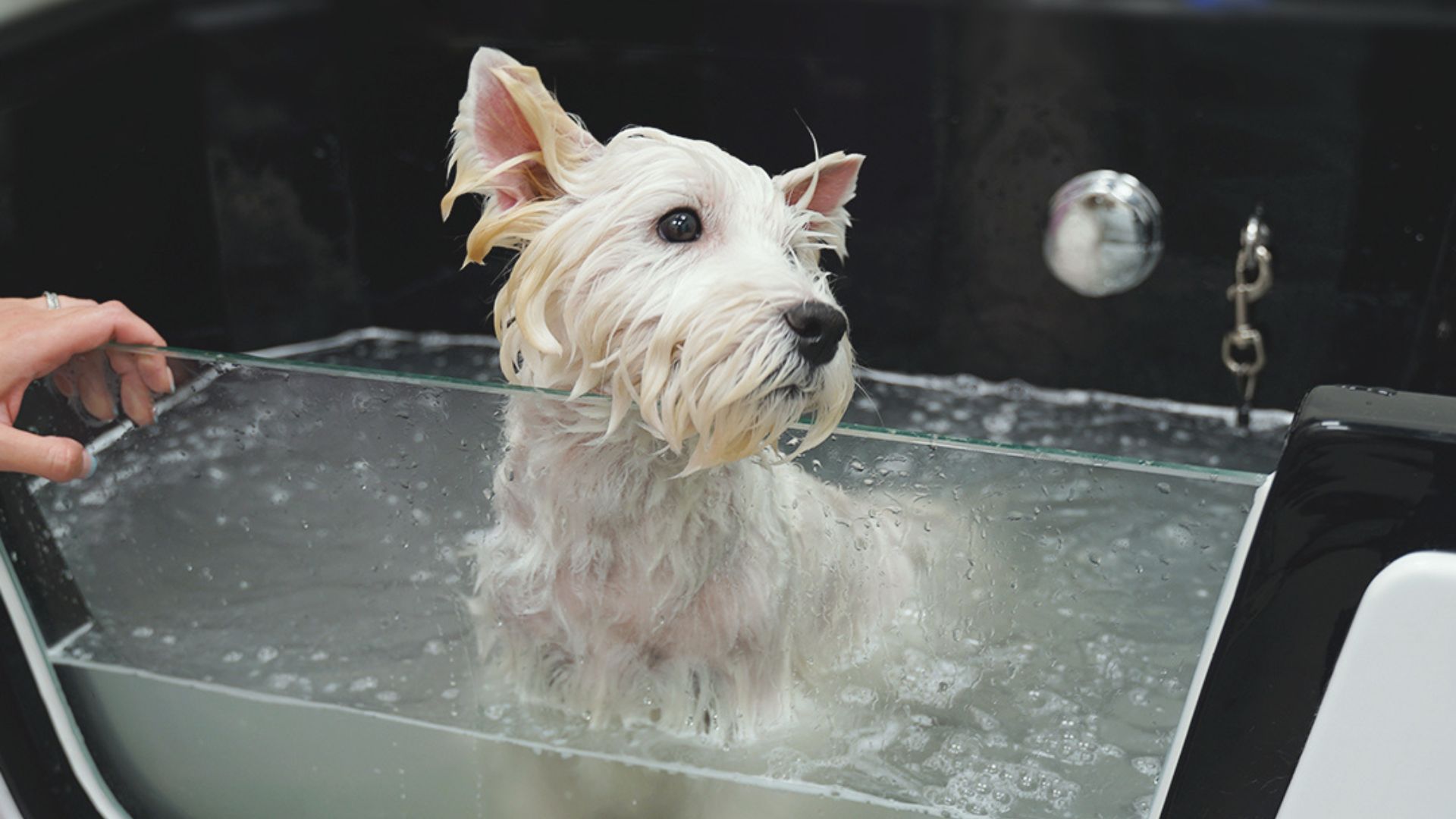
How to cure dog dandruff?
The first thing to do when your pet develops dandruff is to contact your veterinarian. Only a doctor, after conducting the necessary studies, will make a diagnosis and prescribe the correct treatment.
The most important thing is to eliminate the root cause, that is, deviations in the work of the body that cause seborrhea. The key to success is an integrated approach. The veterinarian will prescribe the treatment of the underlying disease (if any) and what manipulations the owner needs to do to get rid of dandruff, like changing the diet to proper food consisting of necessary micro and macro elements, elimination of itching, proper skin and coat care. Once the disease (if any) is gone, it’s time to use a healthy pet formula.
Our several decades of experience helped us create a healthy pet formula that we follow everywhere! To fulfill this formula we use Tauro Pro Line skin and coat care products and Nature’s Protection Superior Care food.
The formula of a healthy pet looks like this: 80% nutrition +20% daily care
The most reliable way not to make a mistake with the choice of diet is to choose the right food for your pet. It should be a high-quality balanced diet, which includes all the elements that are necessary for the health of the pet. We recommend Nature’s Protection Superior Care food with the highest quality Norwegian salmon or White Fish and krill. It is rich in Omega-3 and Omega-6 fatty acids, helping to keep the pet's skin nourished from the inside.
For bathing, we recommend Tauro Pro Line grooming products that are 97% natural and suitable for sensitive skin which is a perfect solution for dandruff. We offer these products according to a special 3-step system:
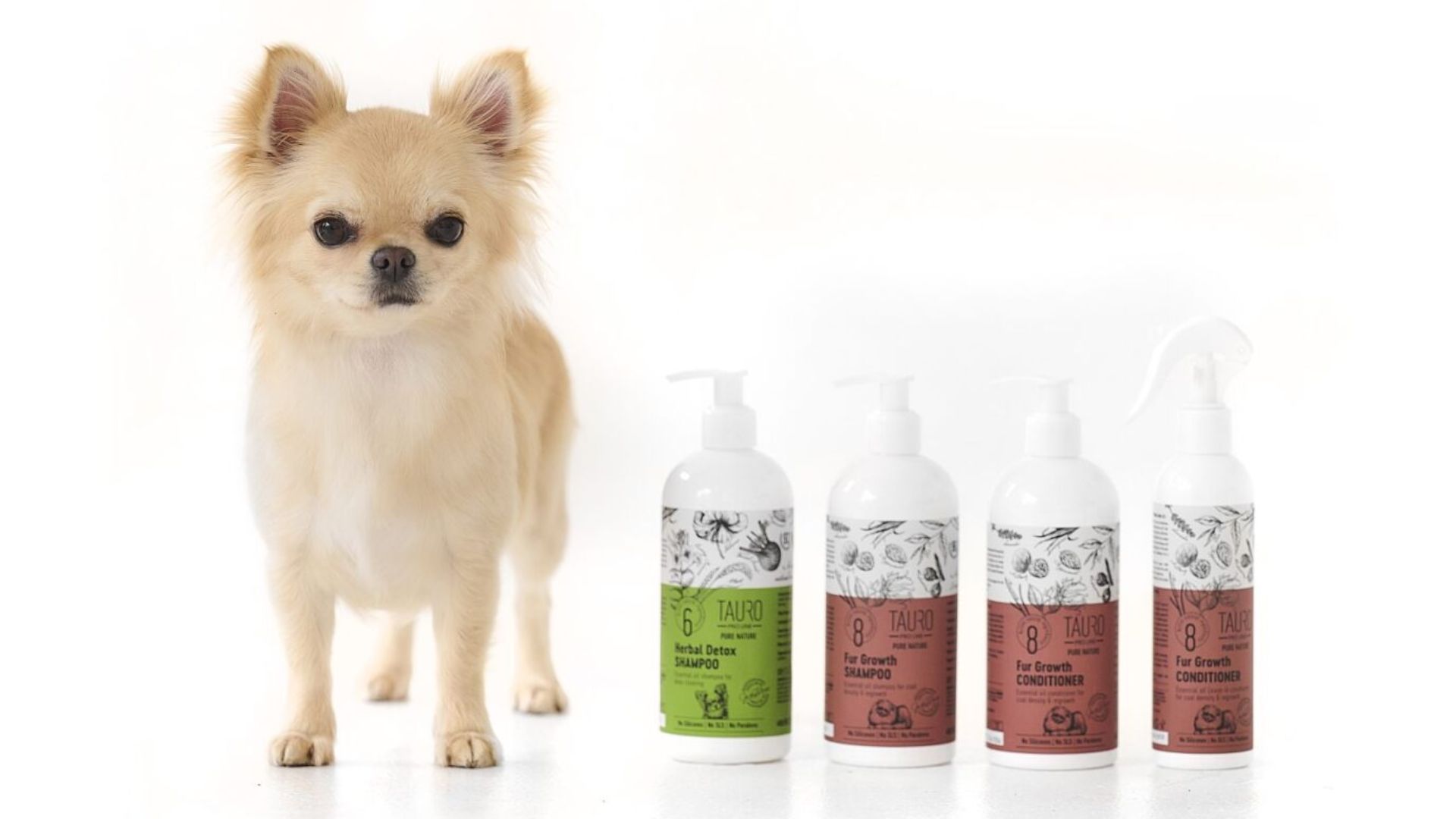
1st step is for CLEANING. The first washing with a cleaning shampoo. In this step the aim is to wash the coat throughout, clean the dirt or sebum, and previous grooming products.
2nd step is for FUNCTION. The second washing with a functional shampoo to get the desired result. You can choose moisturizing, nourishing, volumizing, or repairing shampoo. This step fills up the skin and fur with useful ingredients.
3rd step is for FIXATION. It's the last phase where we use conditioner or mask to capture the result and get a long-lasting effect. This step closes hair scales and leaves the coat smooth and healthy, ready for drying and combing. In this step, enrich the conditioner with Calming Elixir No.3. This combination will soothe irritated skin and relieve your pet from itching. This elixir can be also applied directly on the skin if necessary.

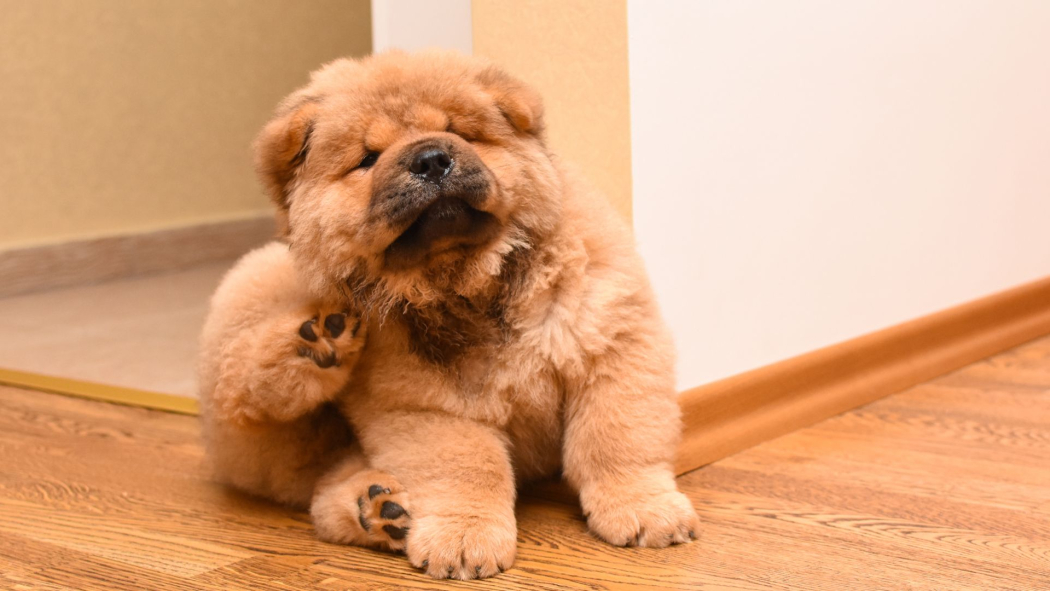
 2023-07-26
2023-07-26


